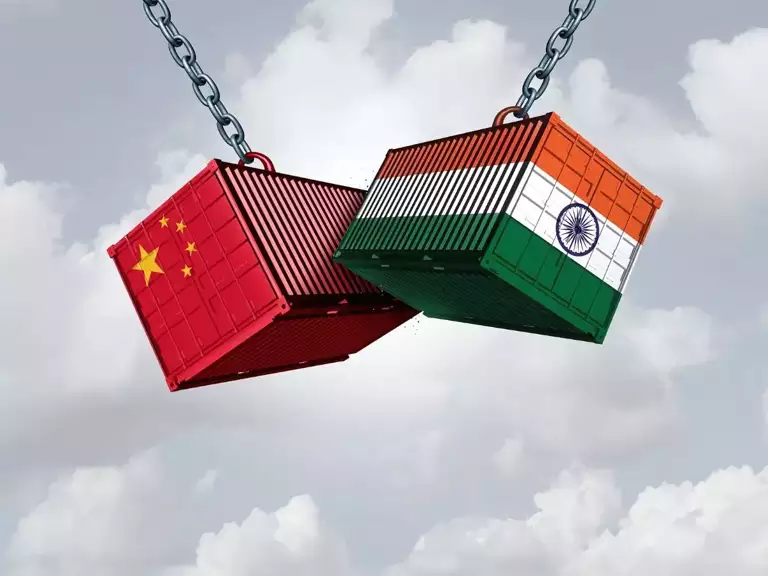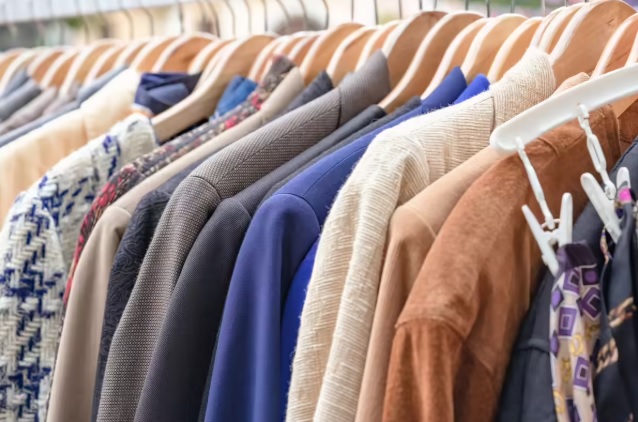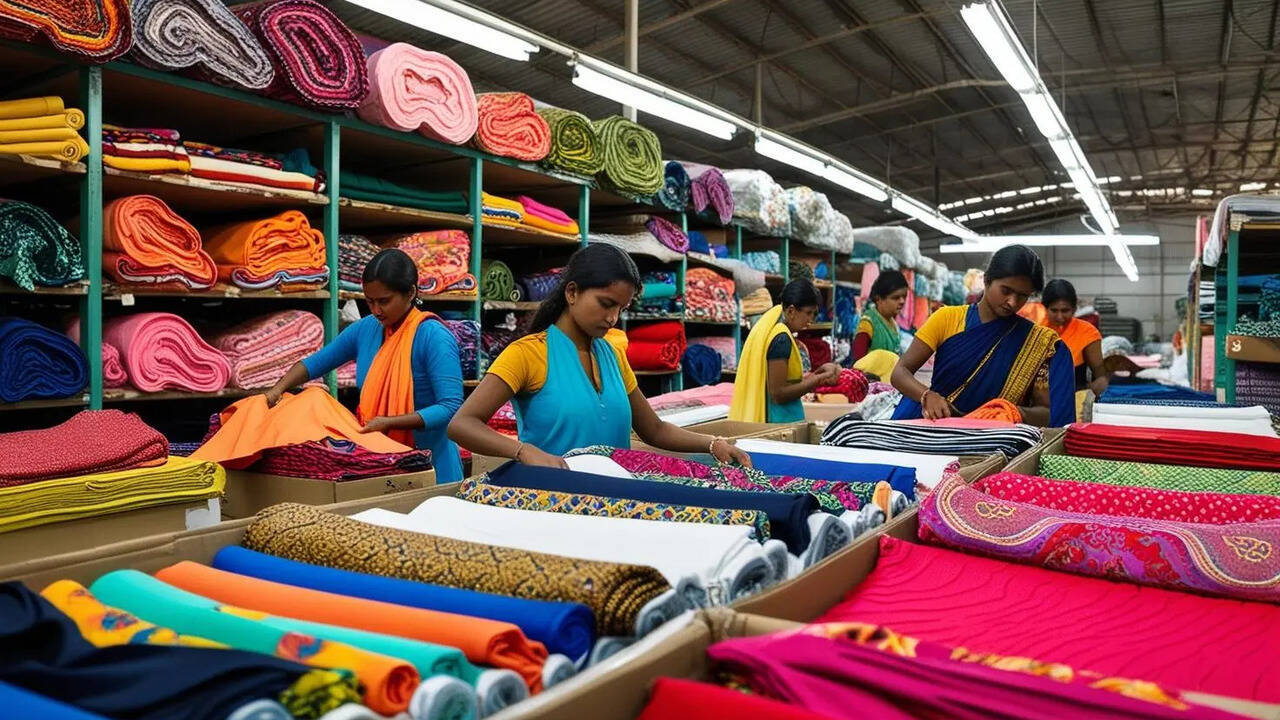FW
A new report published by the two leading global trade associations forecasts strong market demand for nonwovens materials through the next five years, according to the Worldwide Outlook for the Nonwovens Industry, 2014-2020.
The highlights of the report include production is forecast to increase 5.7 per cent annually through to 2020; China will lead the growth in production, adding an additional 1.2 million tons from the end of 2014 through to 2020, representing a 7 per cent annual growth rate; and across the nonwoven technology methods, drylaid/carded hydroentangled production will expand at the fastest rate, adding 7.6 per cent annually.
“The worldwide nonwovens industry’s prospects are excellent and it remains an exciting industry in which to be involved,” said the report’s co-authors Jacques Prigneaux, market analysis and Economic Affairs director at EDANA and Brad Kalil, director of Market Research and Statistics at INDA.
This comprehensive new report provides in-depth information and analysis of global nonwoven macro drivers; supply and demand forecasts and statistics; and regional trade analysis; among other topics. The report includes detailed regional information and forecasts on production, technology and investment requirements for North America, Greater Europe, Asia and South America. The report further features regional views of economic growth, population, production by end use, and trade flows.
www.edana.org
www.inda.org
Consumer demand for activewear has been increasing rapidly, with some of the world’s largest fast-fashion companies moving into this segment. To provide exhibitors with more opportunities to capture this trend, the featured Functional Lab zone debuts at Intertextile Shanghai Apparel Fabrics – Spring Edition 2016 after its successful first-time appearance at the 2015 Autumn Edition.
Featuring a wide range of smart, outdoor and sports fabrics, as well as performance textiles, the Functional Lab will be the centre of the activewear market next March. In 2015, a total of 69 exhibitors from six countries and regions took part in this debut zone. Some of the global brands and companies that participated to gain better access to their target buyers were Huvis (Korea), Hyosung Corporation (Korea), Invista (USA), Nylstar (Spain), Santoni (Shanghai), Toray Chemical Korea (Korea), Toyobo (Japan) and Unifi Suzhou (China).
“We met a lot of international customers here such as big fashion brands from Europe, as well as sports and outdoor brands from North America. Also fabric mills from China and Asia. I visit a lot of other fairs, but this one is one of the biggest in the world which is what we like. The Performance Lab is a great idea. For the buyers, it’s very easy to find what they’re looking for, so it’s great,” said Hongjun Ning, Vice President Sales and Marketing, Unifi Textiles (Suzhou), China.
www.intertextileapparel.com
Knitwear exporters, who have to as of now file a bulk set of export documents to claim refund/rebate on various taxes levied under Value Added Tax Act, are eagerly awaiting the announcement of Goods and Services Taxes (GST) regime.
Along with many other advantages that this policy would bring, the most awaited one according to exporters is the ‘time-bound’ disbursal of tax refunds to them through a speedy online process. Currently there is not set deadline for the disbursal of the Value Added Tax refunds. GST is also expected to ensure the benefit of input tax credit for the raw materials purchased from other states.
In GST regime, exports were proposed to be ‘zero-rated’ which means the export goods will not suffer any actual tax liability. However, according to M. Veluswamy, an apparel exporter and Chairman of Confederation of Indian Industry, Tirupur, the real benefit of the refund scheme can be obtained only when the same gets implemented by the authorities.
And for apparel exporters in the small and medium scale sector, the process of accounting and preparation of annual financial statements for individual export firms will become easier with the GST roll-out since it would integrate the refund of accumulated credit or rebate claims presently mentioned in the VAT Act.
Owing to the growth of Vietnam's textiles industry, which is expected to export $28billion this year, the country’s cotton imports will increase close to those of top-ranked China. The US Department of Agriculture's Hanoi bureau has hiked to a record 5.37million bales forecast for Vietnam's cotton imports in 2015-16.
The figure, representing an increase of more than one million bales year on year, is some 520,000 bales above the USDA's official forecast, although this is up for revision later on Wednesday. And it would put Vietnam, which a decade ago was importing fewer than 700,000 bales of cotton a year, with Bangladesh and China in the club importing more than five million bales of the fibre a year.
Experts point out that this upgrade reflects Vietnamese consumption which “continues to increase in order to meet strong demand from its expanding textile industry”, the bureau said in a report. In the yarn sector, the number of spindles reached 6.3million as of last season, up 24 per cent in three years - with a further 30 per cent spurt to 8.2million spindles expected by 2016-17. The report forecasts Vietnam's yarn exports hitting a record 950,000 tonnes in calendar 2015, up 10.7 percent year on year.
According to Bangladesh Knitwear Manufacturers and Exporters Association (BKMEA), different non-tariff measures such as anti-dumping, countervailing, safeguard measures being imposed by the developed nations are making an adverse impact on the knitwear manufacturers and exporters of Bangladesh.
Speaking at a seminar organised in association with Bangladesh Tariff Commission on problems and measures regarding non-tariff measures for ready-made garments industry held at BKMEA's main office in Narayanganj this week, the speakers said the manufacturers and exporters in developing countries lack the key information, facilities and capabilities. Meanwhile, the complex requirements of a variety of non-tariff measures have made it expensive and difficult of the manufacturers and exporters.
BKMEA Director Md Habibur Rahman said the buyers impose conditions on the manufacturers of buying raw materials from certain firms, which also have negative impacts on the capacity of the manufacturers. Former vice-president of BKMEA, Md Hatem said Bangladesh's garment factories are also subjected to strong compliance and production cost is increasing due to the compliances despite no increase in the export earnings.
According to Apurba Sikder, Director of Wisdom Attires, the export products are also subjected to different kinds of certification and the samples have to be sent abroad due to the lack of adequate number of accredited laboratories, causing delay in shipments.
www.bkmea.com
The state of Telangana is in the process of drafting a new textile and apparel policy (T-TAP), which will be launched in January 2016 to boost these segments. The policy will implemented for a period of five years from the date of its announcement.
With an aim to provide major thrust to the industry, the government has decided to propose measures being implemented by the neighbouring states like Maharashtra, Karnataka and Tamil Nadu. These states have already implemented textile policies, for the development and welfare of handloom weavers. The government will focus of developing Warangal as a major textile hub besides developing textile parks in Karimnagar, Adilabad, Khammam and Medak where cotton is grown as a major commercial crop.
The policy will also aim at strengthening the procurement of raw cotton and extend the remunerative prices to the farmers besides creating marketing linkages for the products produced by the weavers and handloom societies. The proposed policy is expected to relieve the debt ridden weavers in the state. The government also aims to promote traditional arts and crafts and bring back artisans, who have migrated to other states.
This year’s ITMA witnessed latest spinning and knitting technology solutions by Mayer & Cie. known as spinitsystems. The spinitsystems combines in an intelligent way what were previously separate processes in textile manufacturing. The technology combines the three process stages spinning, cleaning and knitting.
The Spinit 3.0 E is the first machine to be fitted out with the new technology. On this machine single jersey knitwear is manufactured not from yarn but from roving straight from the spinning mill. This machine’s technology thus kicks in at an entirely different point from conventional circular knitting technology. With spinitsystems, the so-called flyer roving is taken from conventional flyer bobbins and fed to an electronically controlled conventional 3-over-3 roller drafting system where it is drawn into a fine fibre bundle. The twin-jet false-twist spinning unit then takes over, feeding the fibre bundle to the knitting unit, where it is resolved on the yarn guide into a composite fibre without a twist.
After cleaning the composite fibre is formed into loops by means of a conventional circular knitting process using the tried and trusted relative technology and a textile surface takes shape. This process provides the users with a whole array of advantages. Spinitsystemsprocesses roving straight into knitwear, knitting the fibres into loops gently and without a twist. The voluminous feel of the knitwear is suitable for use in manufacturing high-quality baby linen and nightwear and quality shirts.
www.mayerandcie.com
During the recently concluded technology exhibition – ITMA, Karl Mayer displayed MLF 46/24 in a width of 242”, an exceptionally wide multi-bar lace machine with fall plate and without jacquard bars, offering an impressive level of productivity for a low investment outlay.
The concept of this new machine is based on considerably increasing its speed compared to its predecessor at a gauge of E18. The last fall plate raschel machine was the MRGSF 31/16, having a working width of 210″ and a summation drive system. The MLF 46/24, 242″ can produce several lace panels side-by-side, as well as wide, all-over-patterned textile webs and also bordered fabrics with long repeats.
At ITMA the MLF 46/24, with a working width of 242″ and a gauge of E 18, simultaneously worked on four bordered webs with 145 cm widths of the finished fabric and 150 cm long patterns. The non-stretch panels are intended to be used in outerwear.
Also the new TL 79/1/36 Fashion machine by Karl Mayer can produce innovative Textronic lace looks never seen before in the lace sector. These eye-catching products include lightweight fabrics based on jacquard constructions, featuring relief-like patterns with a distinct three-dimensional look – the result of a new way of incorporating the heavy liners. All the standard Textronic® patterns can be worked using the 76 pattern bars that are available, without using the heavy cord option. The design of the TL 79/1/36 Fashion makes it ideal for producing exclusive, high-end lace bands and panels for dresses, blouses and jackets.
www.karlmayer.com
Wool manufacturer Botto Giuseppe from Valle Mosso, Biella, Italy, has become the prime reference for the FAIR cashmere project set up by US fashion label Maiyet. The raw material comes from Mongolia, the world's third largest producer of this fibre, and it is environmentally and ethically sustainable.
Maiyet is a US luxury fashion label specialising in rare artisanal products from all over the world. Based in New York and led by Kristy Cailor, Maiyet buys cashmere directly at source, with no intermediaries. Supporting local goat farmers from the Gobi desert in Mongolia, and improving their quality of life through tangible contributions, are among Maiyet’s objectives. The company also looks after goat vaccination and disinfection, in partnership with the Gobi Revival Fund.
FAIR cashmere is 'Cradle to Cradle'-certified at 'Bronze' level, and is awaiting its 'Gold' certification. 'Cradle to Cradle' is a rigorous certification system for products that are innovative across their entire supply chain. It tests the process through five criteria to evaluate a product's sustainable development level: waste, health, energy consumption, water resources (in terms of usage and pollution) and human resources use.
Botto Giuseppe was created in 1876 and is a manufacturer of fine fabrics and yarns. Over the years, Botto Giuseppe has added jersey and knitwear yarns to its range, and is now a vertically integrated producer, from yarns to finished products, in its two manufacturing centres in Valle Mosso and Tarcento. The company participates in the leading industry trade shows such as Milano Unica, Pitti Filati, Intertextile Shanghai and Spinexpo.
www.bottogiuseppe.com
www.fairbymaiyet.com
"The trend indicates that low-cost production enjoyed by the country two decades ago is now history and it is no longer profitable for many manufacturers, both international and Chinese, who are moving away from China in search of greener pastures. In addition to rising wages and energy costs, higher logistics costs and government quotas on imported cotton are other major reasons why manufacturers are exploring other destinations"
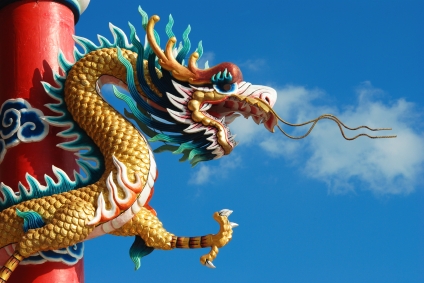
China’s demand as the textile manufacturing hub is waning as Chinese workers are asking for a hike in wages and thus, local manufacturers are finding ways to combat the current challenges. Higher pay, a stronger currency and Beijing’s desire to become a more automated, and high-tech society are all pushing clothing manufacturers/exporters to find new sources.
A leader despite odds
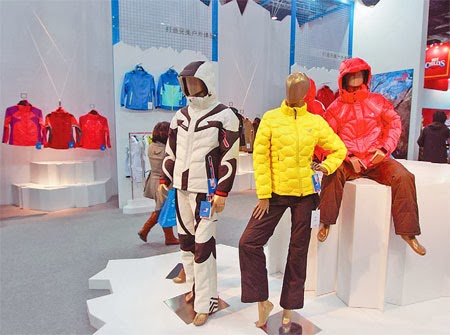
Domestic Chinese manufacturers are combating rising production and labour costs in the textile and apparel industry, which has also led to the country losing its status as the mass producer of goods. China’s costs have risen so quickly and to the extent that importing countries are moving to many other Southeast Asian countries such as Malaysia, the Philippines, Indonesia and Vietnam that offer low production and labour costs.
However, while China imports textile and apparel products from Bangladesh, Pakistan and other countries, its textile and apparel exports continue enjoy the number one status in global foreign trade, with China’s biggest markets the United States, the European Union and Japan. Also, many Southeast Asian exporters import China-made fabrics and re-export them after further processing. Last year, China processed approximately 10 million tons of cotton, 60 per cent of which was grown locally. The remainder was imported from countries including the United States, India, and Pakistan.
However, recent CCPIT data reveals China’s total export value of textiles and apparel from January 2015 to May 2015 was $30 billion, with the United States accounting for some $16.4 billion in this period. By contrast, in 2014, the total export value of textiles and apparel amounted to roughly $300 billion. And while the US market is showcasing much more resilience, the European Union’s and Japan continue to lag behind as far as economic recovery is concerned.
Focus on new export, production destinations
Amid slowing demand from the US, EU and other traditionally strong importing countries, Chinese players are now exploring newer export destinations such as South America, including Brazil, Africa and Russia. Sighting continuous rise in labour and production costs, manufacturers from China are also moving their production to places like South Carolina in the United States, where they are buying out mills to set up manufacturing base. The trend indicates that low-cost production enjoyed by the country two decades ago is now history and it is no longer profitable for many manufacturers, both international and Chinese, who are moving away from China in search of greener pastures. In addition to rising wages and energy costs, higher logistics costs and government quotas on imported cotton are other major reasons why manufacturers are exploring other destinations.
While labour and production costs are equally high in America, much lower energy prices, competitive prices of cotton, tax incentives from local governments and a considerable reduction in shipping costs since supply is closer to home are luring Chinese players to set up a shop in the US. And Chinese yarn manufacturers with US operations want to ship yarn to apparel manufacturers in Mexico, Central America and the Caribbean — countries that have duty-free access to the American market under NAFTA and CAFTA.



